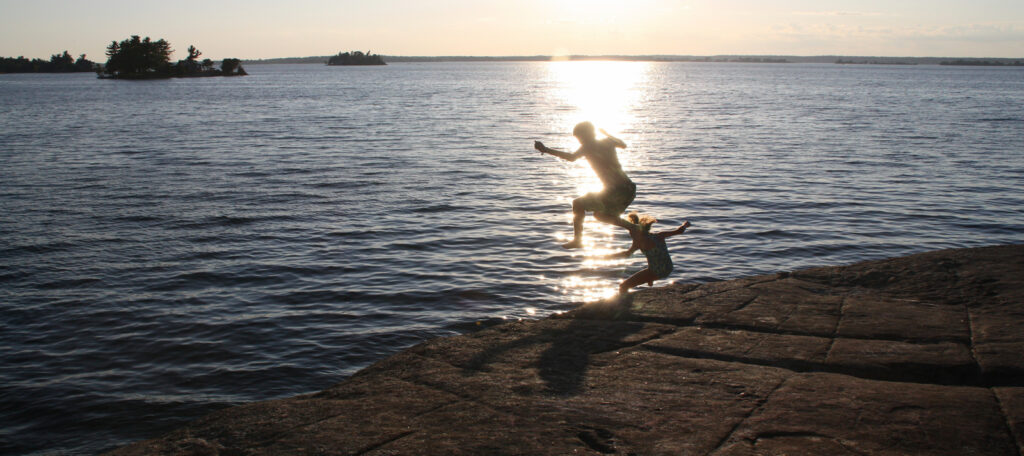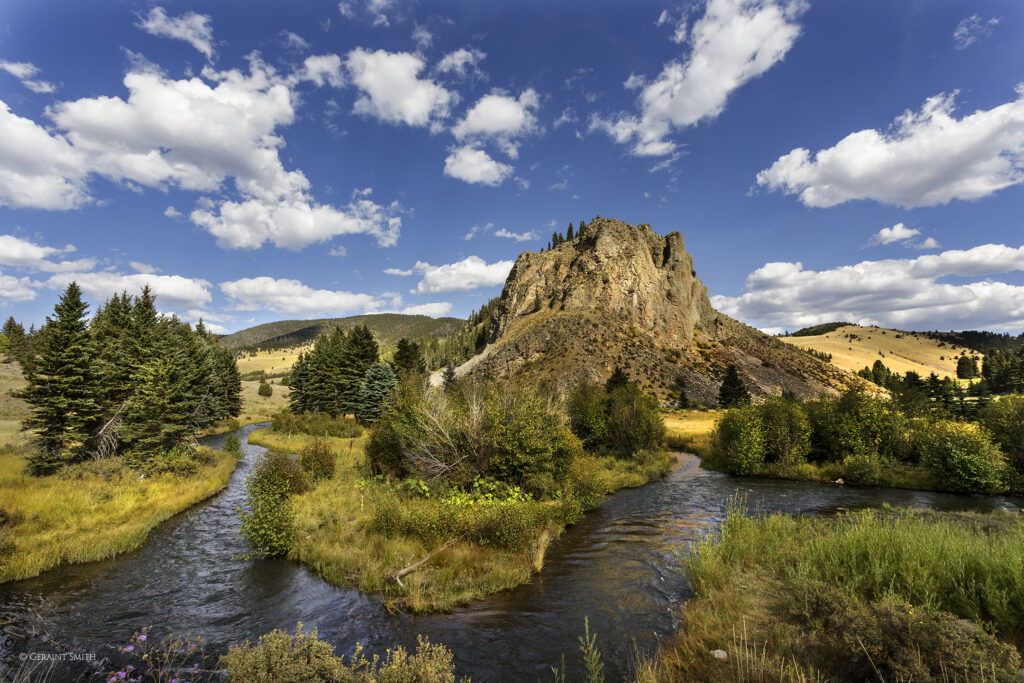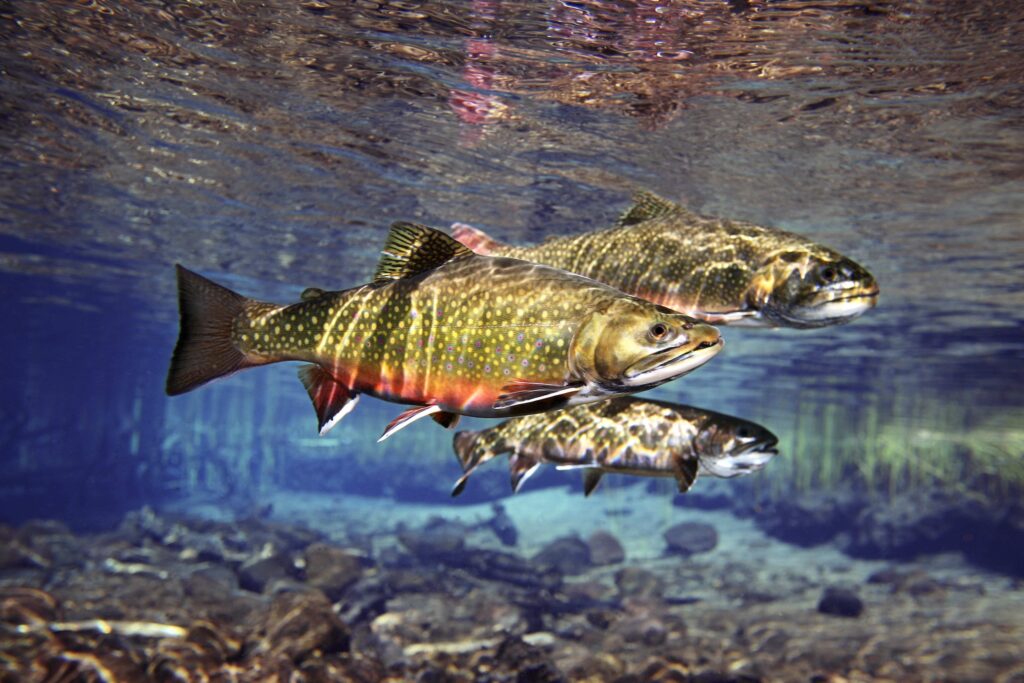Leadership Needed to Move Plan 2014 Forward
The New York State Conservation Council supports the approval of Plan 2014, a bi-national effort to improve the management of the St. Lawrence River for the benefit of the river and associated fish and wildlife.

Guest post by A. Charles Parker is a part of our America’s Most Endangered Rivers® series spotlighting the St. Lawrence River.
The St. Lawrence River and Lake Ontario are ecological gems that have offered enjoyment and outdoor sporting opportunities to hunt, fish, and trap since before the countries of the United States and Canada were established.
These opportunities are now at risk.
That is why the New York State Conservation Council is calling on the U.S. State Department and the Canadian Ministry of Global Affairs to accept Plan 2014 and begin the restoration of the St Lawrence River and Lake Ontario. To correct the problems that have been created by the Management Control Methods enacted on these bodies of water in the 1950s, we must act now.
Man’s ability to manage the St. Lawrence River and Lake Ontario through dams and other water level control processes is substantial and amazing. The methods established to do so in the late 1950’s yielded a better waterway for commerce and a source of hydroelectric power, and many will say it has been a great success story. However, the passage of time has also highlighted problems that need to be addressed.
The outdated management strategy of the 1950’s plan does not allow for the natural variability in water levels and flows essential to maintain a healthy river. Instead, current management significantly limits the range of water level fluctuations. The resulting artificially-constrained water levels have caused a loss of biodiversity in coastal wetlands and significant impacts to many fish species and nesting water birds.
According to Save the River/Upper St. Lawrence Riverkeeper, “More than 64,000 acres of wetlands in the Great Lakes have been gradually starved of their natural biodiversity and morphed into wall-to wall cattail stands. Researchers have found that the wet meadow – a major component of coastal wetlands – has declined by over 50 percent. Black Tern, a state-listed endangered bird species that depends on a diverse marsh habitat, has declined by over 80 percent. Northern Pike, the top fish predator in coastal marshes, has declined by 70 percent. These species were specifically studied because they are indicators of ecosystem response, and show how far-reaching the impacts have been to the entire river environment.”
Long-term sportsmen in the Upper St. Lawrence region can also attest to witnessing declining habitat for waterfowl and a decline in the quality of the fishery.
Through the principles and management practices promoted in Plan 2014, we can reclaim lost quality habitat for the St Lawrence River without adversely affecting what some see as the advantages gained from the changes created in the late 1950s.
Plan 2014 is based on science and promotes the benefits of healthy, intact wetlands including: improved water quality, stronger fisheries, increased biodiversity and erosion control. Plan 2014, when implemented, will place the environment at the center of decisions about water level regulations on the St. Lawrence River and will be one of the largest wetland restorations in North America.
The time to implement Plan 2014 is now. If we wait much longer we may very well reach a point by which we can never recover.
Charles Parker is President of the New York State Conservation Council, a non-profit with a mission to aid in the formulation and establishment of sound policies and practices designed to conserve, protect, restore and perpetuate forests, wildlife and scenic and recreational areas with especial regard to the state of New York, to the general end that the present and succeeding generations may continue to enjoy and to use these great natural resources.



